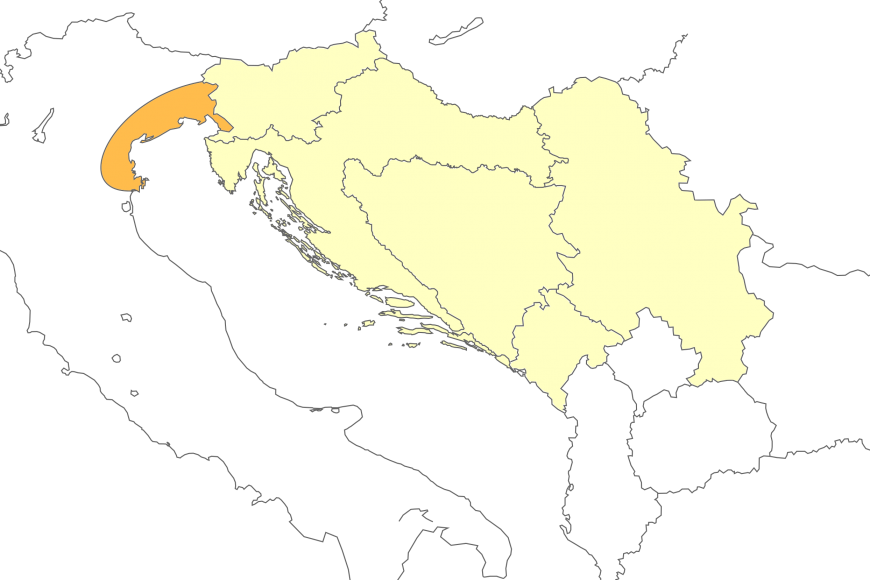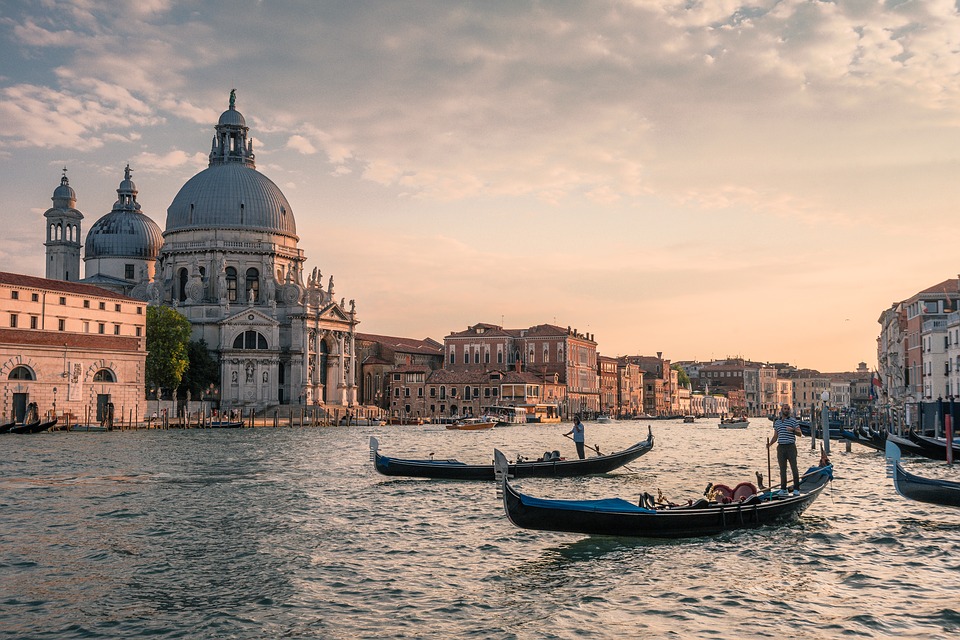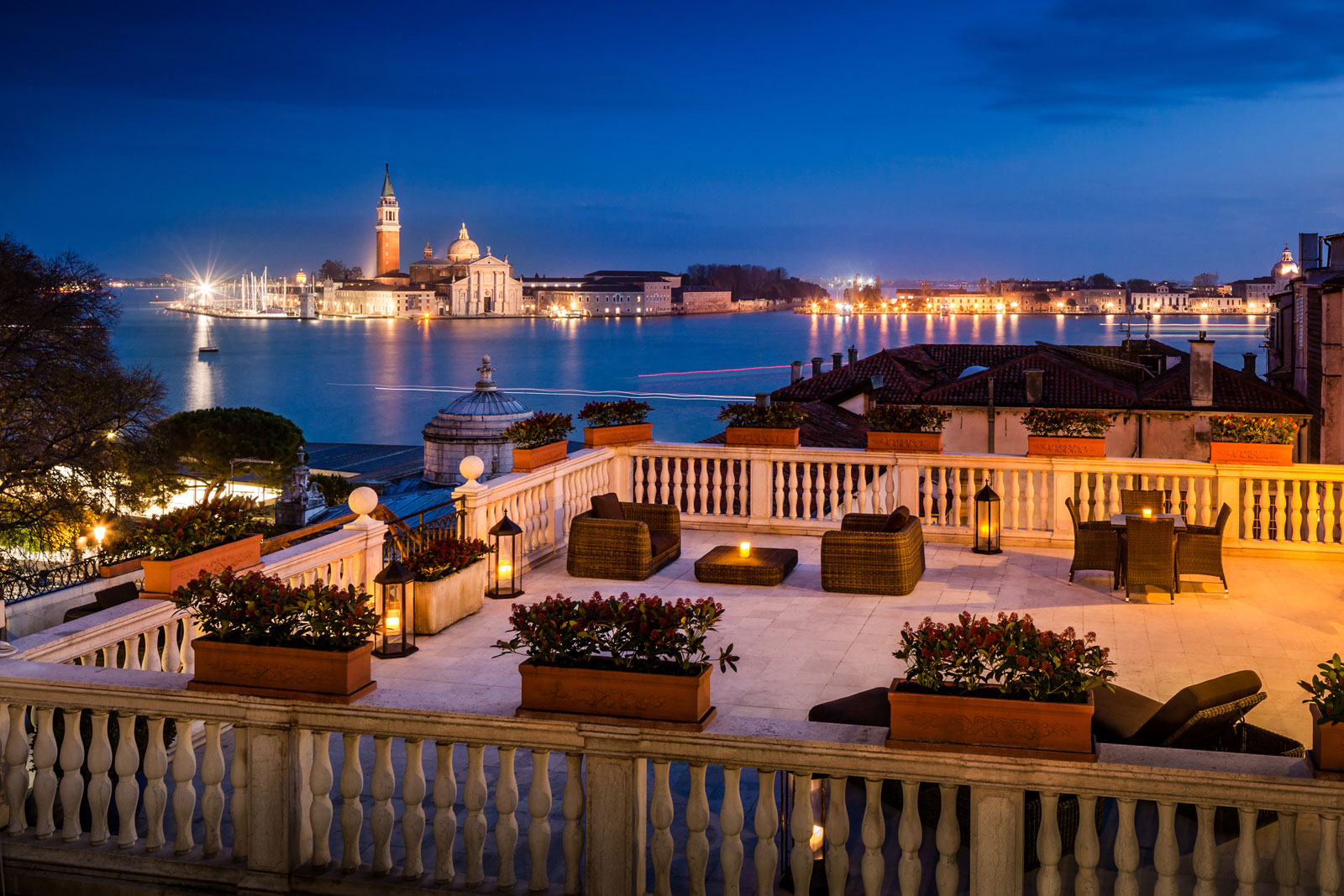What’s to see
In Venice there are many beautiful and spectacular sights, moreover, we could say that almost every building is an architectural marvel. Venice is probably the most romantic city in the world besides Paris, at least that is what most lovebirds would tell you, but that the city has a special beauty and charm is something that many already know.
Venice has a rich cultural and historical heritage from different historical periods, so there are many interesting and important places to discover. There is, above all, a large number of churches, among these the most famous is St. Mark’s Basilica, which is also one of the symbols of the city. Venice has also a huge number of different museums that are worth visiting, and is famous for the events that celebrate the culture and rich history of this unusual place.
Safety
Petty crime does occur so it is advised to take care of your belongings and watch out for pick pockets in public places.
HOW TO VISIT VENICE
With a minimum of 3 nights you would surely scratch the surface of what Venice can offer you and get an overall insight in this amazing city and its heritage.
Thanks to the nearby international airport Marco Polo, Venice is easy to visit, given the large number of direct flights to and from many attractive destinations around the world.
Climate
Venice is under the great influence of the Adriatic Sea, where it lies. Climatic differences in different periods of the year are very high, and we can say that the proximity of the sea and the high humidity enhance further all weather conditions. So the winter in Venice is somewhat colder than in other nearby places. Temperatures often fall slightly below zero, but rarely are lower than -5 ° C. Snow is a rare occurrence. The summers are extremely hot. The combination of average temperatures above 27 ° C and high humidity, which is all year round above 60 percent.
Venice is also famous for the floods – Acqua Alta, which are particularly common in the fall and winter periods. Residents of Venice have been well adapted to this inconvenience, so they regularly alert people when floods can be expected at least two days in advance. Maps can be obtained at the tourist offices and at the stations where the elevated routes are drawn. Acqua Alta usually lasts only a few hours.













